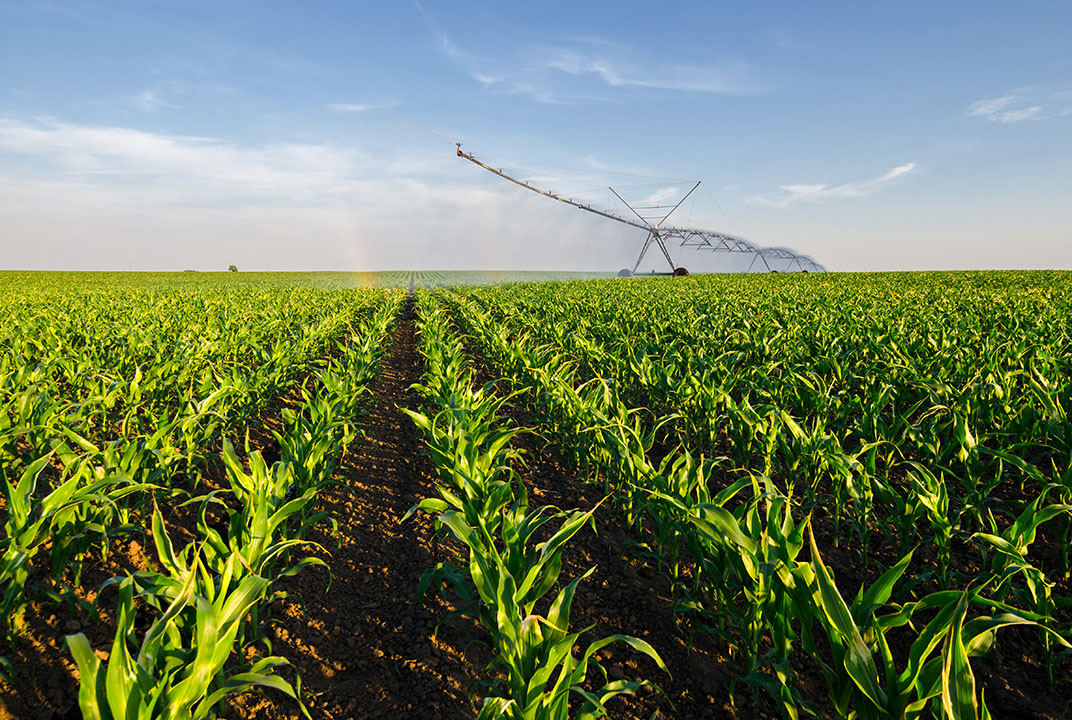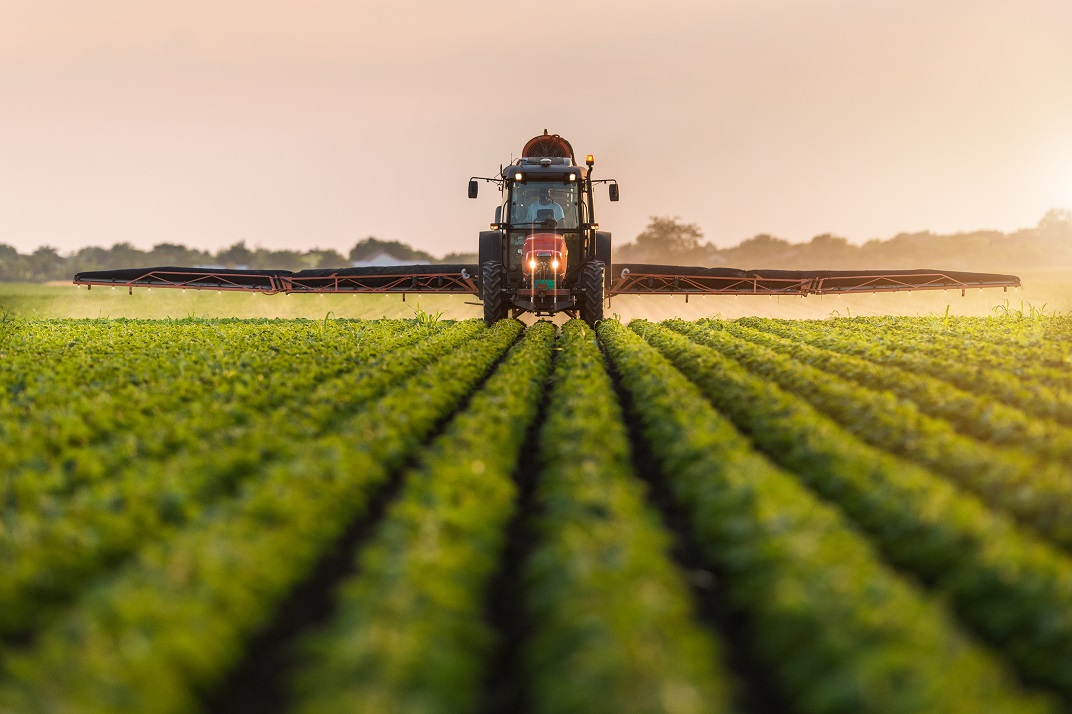Insight | Making the most of every drop of water
Making the most of every drop of water
null
Farms increasingly rely on irrigation technology to optimise crop yield and quality, but what about those with poor internet connectivity?
Irrigation and water management is one of the single biggest factors affecting yield and quality in crop production today, yet achieving the necessary accuracy can still be challenging for many farms. Objective and timely data on environmental and crop conditions is vital, as is the ability to effectively use this information to determine the frequency and duration of irrigation events.
Luckily for growers there is now an arsenal of technologies at hand to help, from probes to measure soil moisture content to remote control systems for irrigation equipment and turnkey precision irrigation systems. Choosing the correct technology mix largely depends on the level of accuracy that is required and how the data fits into the farm’s existing irrigation management regime. If starting from scratch, soil moisture sensors are usually the first step, even if used only to ground-truth your existing irrigation methods once in a while. These sensors are not new technology (far from it), but with the rise of the Internet of Things (IoT) they have become cheaper and more effective, having made it easier to view data remotely and on demand.
However, despite the wealth of technology available, deployment can still be challenging, particularly where there is a lack of reliable 3G and 4G mobile coverage. This is common in many countries, especially in Latin America and Asia Pacific. In this scenario, other options must be considered, and Inmarsat is partnering with a number of agricultural technology and IoT companies to make this technology easily accessible to growers via our highly reliable satellite connectivity network. Choosing the right communications setup is important, and this largely depends on the size of area to be covered, the amount of data to be transferred and number of devices to be connected.
Some options include enabling sensors, devices or irrigation systems to communicate directly to our satellites or by establishing local communication networks, such as LoRaWAN, which gather data from a number of devices in a field and ‘backhaul’ it over our network from a single point. Local networks are usually more effective when there are lots of devices to connect, such as multiple soil moisture probes in a single field. In field situations, having a reliable power source is essential, so we deploy integrated connectivity units powered by solar that can be easily moved between fields to create a mobile connectivity network. This is much more cost effective than erecting cellular infrastructure, especially when doing so at a monthly fee to reduce capex investment.
In all cases it is best to thoroughly review your requirements before you start deploying devices. If you are an agritech company looking to grow your market in areas of low connectivity, or an agribusiness planning to modernise your irrigation management, Inmarsat is equipped to support you with our highly reliable, secure, global network and global community of trusted partners.
About the author
Steven Tompkins is Director of Agriculture for Inmarsat Enterprise. He is responsible for using the organisation’s market leading high-speed data communications and global IoT capability to build practical solutions for a digitally connected agriculture sector. Steven has extensive experience consulting for large private and public sector organisations in the agri-food industries, building and running complex projects to improve agricultural productivity and sustainability across multiple geographies. He has recently joined Inmarsat from a leading agricultural research organisation in the UK (NIAB) in which his focus was to take new science and knowledge and turn it into practical tools and technologies for farmers such as yield forecasting models and precision irrigation technologies.


